Surprising Facts About the Most Beautiful Women in the World

Introduction
The world is full of diverse cultures and different beauty standards, making it interesting to explore the countries often known for having the most beautiful women. In this article, we'll look into nations famous for their gorgeous women, examining how cultural views shape these ideals.
Beauty is naturally subjective and varies greatly across different societies. What one culture considers beautiful may differ significantly from another's perspective. This diversity highlights the importance of understanding and appreciating various definitions of beauty.
Some of the facts about the most beautiful women in the world might surprise you. From Venezuela's success in international pageants to Brazil's influential supermodels, each country uniquely contributes to global beauty standards. Let's start this enlightening journey through the lens of beauty across different countries.
Venezuela: The Pageant Powerhouse
Venezuela holds a prestigious position in the realm of international beauty pageants, particularly Miss Universe. Known for its impressive track record, Venezuela has produced a remarkable number of titleholders in major beauty competitions. The country boasts seven Miss Universe winners, making it one of the top nations in the pageant world.
Notable Venezuelan Beauties
- Irene Sáez: Crowned Miss Universe in 1981, Irene Sáez became an iconic figure not just for her beauty but also for her later political career.
- Alicia Machado: Winning the Miss Universe title in 1996, Alicia Machado went on to become a successful actress and television personality.
- Dayana Mendoza: In 2008, Dayana Mendoza captured hearts worldwide with her charm and elegance, bringing another Miss Universe crown to Venezuela.
- Stefanía Fernández: Following Mendoza's victory, Stefanía Fernández won the title in 2009, marking the first back-to-back win for any country in Miss Universe history.
Impact on the Global Beauty Scene
Venezuelan women have set high standards in beauty pageants, influencing global perceptions of beauty. Their success is often attributed to rigorous training and grooming programs provided by local "beauty schools." These institutions focus on:
- Catwalk training
- Public speaking skills
- Fitness regimes
This comprehensive preparation ensures that Venezuelan contestants are well-equipped to compete on an international stage.
Moreover, Venezuela's influence extends beyond pageantry into fashion and entertainment. Many former beauty queens have transitioned into successful careers as models, actresses, and television hosts. Their presence has helped shape global beauty trends and standards, making Venezuela a key player in the industry.
The country's dedication to excellence in beauty pageants has made it synonymous with grace and poise. This legacy continues to inspire young women worldwide who aspire to follow in the footsteps of these remarkable Venezuelan beauties.
Brazil: A Celebration of Diversity
Brazil stands out in the fashion industry, largely due to its renowned supermodels. Gisele Bündchen is a prime example. With her striking features and commanding presence on the runway, she has become one of the highest-paid models globally. Her influence extends beyond modeling; Gisele has significantly impacted fashion trends and beauty standards worldwide. Her success opened doors for many other Brazilian models, showcasing Brazil's unique aesthetic on an international stage.
Influential Brazilian Supermodels
- Gisele Bündchen: Known for her work with Victoria's Secret and numerous high-profile fashion campaigns.
- Adriana Lima: Another Victoria's Secret Angel, celebrated for her exotic beauty and longevity in the industry.
- Alessandra Ambrosio: Famous for her work with major fashion houses and as a Victoria's Secret model.
Cultural Diversity's Role in Beauty Standards
Brazil's beauty is a testament to its cultural diversity. The country is a melting pot of ethnicities, including Indigenous, African, European, and Asian influences. This blend creates a wide array of physical attributes that define Brazilian beauty standards.
Key Points on Cultural Diversity:
- Ethnic Mix: The diverse population results in varied skin tones, hair types, and facial features.
- Regional Differences: Different regions in Brazil have distinct beauty ideals influenced by local cultural backgrounds.
This rich cultural tapestry not only defines what is beautiful in Brazil but also contributes to a more inclusive understanding of beauty on a global scale. The celebration of diversity helps break down narrow definitions of attractiveness, making room for a broader appreciation of different looks and styles.
Brazil's contribution to global beauty standards cannot be understated. From iconic supermodels like Gisele Bündchen to the cultural diversity that shapes its unique aesthetic, Brazil exemplifies how varied influences can come together to create universally admired beauty.

Italy: Timeless Elegance
Italy is known for its timeless elegance and iconic actresses who have made a lasting impact on the world. Monica Bellucci and Sophia Loren are perfect examples of Italian beauty, each representing grace and sophistication in their own unique ways.
Monica Bellucci, famous for her stunning looks and captivating presence, has appeared in both movies and fashion shows. Her performances in films like Malèna and The Matrix Reloaded demonstrate her versatility as an actress, while her work as a model showcases her allure. Bellucci's influence goes beyond Italy, making her a global symbol of beauty.
Sophia Loren, another embodiment of Italian charm, has been a style icon for decades. With classics like La Dolce Vita and Two Women, Loren's acting skills have received international praise. Her timeless beauty and charisma have secured her place as one of Hollywood's most respected actresses.
Italy's Influence on Global Fashion
Italy has played a significant role in shaping global fashion trends. The country is home to some of the most prestigious fashion houses, including Gucci, Prada, and Versace. These brands have set standards for luxury and innovation, influencing fashion worldwide.
- Gucci: Known for its bold designs and impeccable craftsmanship.
- Prada: Celebrated for its minimalist yet sophisticated aesthetic.
- Versace: Famous for its daring and flamboyant style.
The Milan Fashion Week is a testament to Italy's influence, attracting designers, models, and fashion enthusiasts from all over the world. This event not only showcases Italian creativity but also sets the stage for future trends.
Italian women perfectly embody this mix of classic beauty and modern style. Their fashion sense reflects a rich cultural heritage while embracing contemporary elements. This unique combination makes Italy an important player in defining global beauty standards.
Turkey: A Blend of Tradition and Modernity
Turkey stands out for its unique fusion of traditional and modern beauty standards. This blend is deeply rooted in the country's rich cultural history and contemporary influences.
Embracing Traditional and Contemporary Beauty
Turkish culture values both timeless beauty traits and modern aesthetics. The traditional Turkish woman often embodies natural grace, modesty, and elegance. These qualities are celebrated through cultural practices and historical depictions in art and literature. Modern Turkish women have embraced global beauty trends while maintaining their cultural heritage. This duality creates a fascinating mix that appeals to both local and international audiences.
Famous Models and Actresses from Turkey
Many Turkish models and actresses have gained international acclaim, showcasing this blend of tradition and modernity:
- Tuba Büyüküstün: Renowned for her roles in television series like Asi and 20 Dakika, Tuba combines classic beauty with a contemporary edge.
- Meryem Uzerli: Best known for her role as Hürrem Sultan in Muhteşem Yüzyıl, Meryem's striking looks have captivated audiences worldwide.
- Elçin Sangu: With her fiery red hair and stunning features, Elçin has made a significant mark in both modeling and acting, particularly in the hit series Kiralık Aşk.
- Amine Gülşe: Former Miss World Turkey, Amine's beauty is a testament to the country's diverse aesthetic standards. She has transitioned successfully into acting, further elevating her profile.
Cultural Significance
The prominence of these figures highlights how Turkey balances respect for its traditions with an openness to modern influences. Beauty standards in Turkey are not static; they evolve by incorporating elements from both the past and present, creating a dynamic landscape that is continually captivating.
Influence on Global Perceptions
Turkish beauties like Tuba Büyüküstün and Meryem Uzerli not only represent their country but also influence global perceptions of beauty. Their success underscores Turkey's ability to merge traditional charm with contemporary appeal, making them influential icons in the world of fashion and entertainment.
These aspects make Turkey a fascinating study in how cultural heritage can coexist with modernity to produce unique standards of beauty recognized worldwide.
Philippines: Rising Stars in Pageantry
The Philippines has seen a remarkable rise in international beauty contests, capturing the world's attention through its talented representatives. One standout figure is Pia Wurtzbach, who won the Miss Universe title in 2015. Her victory was not just a personal achievement but a national celebration, highlighting the Philippines as a powerhouse in pageantry.
Filipino culture plays a significant role in shaping global perceptions of beauty. The nation's unique blend of indigenous, Spanish, and American influences creates a distinct aesthetic that stands out on the international stage. This diversity is often showcased in the grace, poise, and eloquence of Filipino contestants.
Key Elements of Success
Several factors contribute to the success of Filipino beauty queens:
1. Training Camps
The Philippines is home to specialized beauty pageant training camps like Aces & Queens and Kagandahang Flores. These institutions rigorously prepare contestants, offering comprehensive training that covers walking, speaking, and even personality development.
2. Cultural Pride
Filipino representatives often emphasize their cultural heritage during competitions. Traditional outfits and performances rooted in Filipino culture capture judges' attention and resonate with international audiences.
3. Community Support
The fervent support from the Filipino community worldwide significantly boosts the morale of contestants. Social media campaigns and public endorsements create a strong backing that propels them forward in competitions.
4. Adaptability
Filipinos are known for their adaptability and resilience, traits that are crucial in high-pressure environments like beauty pageants. This flexibility allows them to excel across various segments of these competitions.
Beyond Pageantry: Global Influence
The influence of Filipino culture on global perceptions of beauty extends beyond pageantry. It impacts fashion, entertainment, and social media trends. Filipino celebrities like Liza Soberano and Kathryn Bernardo have also garnered international acclaim, further solidifying the Philippines' reputation for producing strikingly beautiful women.
By shining on these global platforms, the Philippines not only elevates its national pride but also contributes to a more inclusive understanding of beauty standards worldwide.
Ukraine: Tall Beauties in Fashion Circles
Ukrainian women have carved a significant niche in the fashion industry, renowned for their height and striking features. Their tall stature, often exceeding the average height of models globally, makes them highly sought after on international runways. These physical attributes create a commanding presence that captivates audiences and designers alike.
Prominent Models and Influence
Several Ukrainian models have risen to prominence, leaving an indelible mark on global fashion:
- Snejana Onopka: Known for her distinctive look and sharp cheekbones, Snejana has graced the covers of major fashion magazines such as Vogue and Harper's Bazaar.
- Alla Kostromichova: With her statuesque frame, Alla has walked for top designers like Alexander McQueen and Chanel.
- Alina Baikova: A regular on the New York Fashion Week circuit, Alina's elegant poise exemplifies Ukrainian beauty.
These models demonstrate how Ukrainian women have become synonymous with high fashion, bringing a unique blend of grace and intensity to their work.
Cultural Attributes and Appeal
Several cultural factors contribute to the appeal of Ukrainian women as models:
- Genetic Diversity: Ukraine's history of diverse ethnic influences results in a wide range of facial features and body types that are highly valued in modeling.
- Emphasis on Beauty and Grooming: Cultural norms in Ukraine place a significant emphasis on personal grooming and appearance from a young age. This cultural focus means many Ukrainian women possess not only natural beauty but also an ingrained understanding of style and presentation.
- Strong Work Ethic: The rigorous training and discipline common in Eastern European countries translate into a professional attitude that is appreciated by agencies worldwide.
The combination of these factors ensures that Ukrainian models continue to be at the forefront of the fashion industry. Their ability to adapt to various roles—whether haute couture or commercial—showcases their versatility and enhances their desirability in fashion circles.
By understanding the prominence and cultural attributes that contribute to their success, you gain insight into why Ukrainian women are frequently celebrated as some of the most beautiful in the world.
Other Notable Countries with Stunning Women
United Kingdom: Ethnic Diversity
The United Kingdom stands out for its ethnic diversity, which translates into a wide range of beauty standards. London, in particular, is a melting pot of cultures and ethnicities, leading to a rich blend of physical characteristics. This diversity has given rise to numerous models and actresses who have made a significant impact both locally and internationally.
- Naomi Campbell: A pioneering supermodel of African descent who has set benchmarks in the fashion industry.
- Emma Watson: Known for her classic British features and her role in the "Harry Potter" series.

Mexico: Vibrant Culture
Mexico's vibrant culture significantly shapes its beauty standards. The country's rich heritage, combined with its diverse population, creates a unique aesthetic celebrated worldwide. Mexican beauties often embody a blend of indigenous and European features.
- Salma Hayek: An actress whose stunning looks and talent have garnered international acclaim.
- Ximena Navarrete: A former Miss Universe who represents the epitome of Mexican beauty.
South Korea: Influence of K-pop and Dramas
South Korea is increasingly recognized on the global stage due to the influence of K-pop stars and Korean dramas. The Hallyu wave has brought South Korean beauty ideals to the forefront, characterized by flawless skin, delicate features, and slender physiques. This cultural phenomenon is not just limited to music and television but also extends to fashion and beauty standards, making it a significant player in the global beauty landscape.
- Kim Tae-hee: An actress known for her ethereal beauty.
- Bae Suzy: A singer-actress whose looks are often described as the gold standard in South Korean beauty.
To understand more about this cultural influence, you can explore the resources available on Korean culture, which delve deeper into the aspects that shape South Korea's global identity.
Colombia: Natural Beauty
Colombia is celebrated for its natural beauty and vibrant personalities. The country's diverse geography, from beaches to mountains, contributes to a variety of physical traits among its women. Colombian beauties are often noted for their striking features and captivating presence.
- Shakira: A global superstar whose talent is matched by her stunning looks.
- Paulina Vega: Another Miss Universe titleholder who exemplifies Colombian allure.
France: Classic Elegance
France frequently highlights classic elegance in its beauty standards. French women are renowned for their effortless style and natural charm.
- Audrey Tautou: An actress whose simple yet sophisticated look embodies French chic.
- Brigitte Bardot: An iconic figure in global beauty history with her timeless appeal.
Sweden: Stereotypical Nordic Features
Sweden often comes to mind when thinking about stereotypical Nordic features such as blonde hair and blue eyes. Swedish beauties are celebrated for their fresh-faced look and striking simplicity.
- Elsa Hosk: A model known for her Scandinavian features.
- Alicia Vikander: An actress who combines grace with natural beauty.
These countries add layers to the complex tapestry of global beauty
The Impact of Cosmetic Surgery on Beauty Perceptions Worldwide
Cosmetic surgery has become a major influence on modern beauty standards around the world. Some countries, like Brazil and South Korea, have become hotspots for these procedures.
Brazil: Aesthetic Excellence
Brazil is famous for its advanced cosmetic surgery industry. The country has some of the best surgeons and top-notch facilities. Brazilian women often opt for procedures like:
- Liposuction
- Breast augmentation
- Buttock enhancement (popularly known as the "Brazilian Butt Lift")
These surgeries have played a role in setting high beauty standards in the country, highlighting curvy bodies and youthful looks.
South Korea: The K-Beauty Revolution
South Korea is another major center for cosmetic surgery, especially facial procedures. K-pop stars and actors influence societal beauty ideals, leading to a rise in surgeries such as:
- Double eyelid surgery
- Rhinoplasty
- Jawline reduction
The trend here focuses on achieving a more delicate and symmetrical face, often inspired by celebrities from Korean entertainment industries.
Positive Implications
- Boost in self-esteem: Many individuals report increased confidence and happiness after surgery.
- Economic growth: The cosmetic surgery industry contributes significantly to the economy, attracting medical tourists worldwide.
"Cosmetic surgery can be life-changing for those who feel more aligned with their ideal self-image."
Negative Implications
However, there are also negative aspects to consider:
- Unrealistic beauty standards: The prevalence of surgical enhancements can create unattainable expectations.
- Psychological impacts: Constant exposure to surgically altered appearances may lead to body dysmorphia or other mental health issues.
Navigating these trends requires a balanced perspective, recognizing both the opportunities and challenges presented by cosmetic enhancements.

Beauty Pageants: A Global Stage for Female Beauty Representation
Beauty pageants have long served as a platform for celebrating and recognizing female beauty on an international scale. These events showcase not only physical attractiveness but also intelligence, talent, and personality. They provide a unique space where women from diverse backgrounds can represent their countries and cultures.
Significance of Beauty Pageants
- Cultural Exchange: Beauty pageants encourage a cultural exchange that goes beyond borders. Contestants often share aspects of their heritage, contributing to a richer global understanding.
- Empowerment: Many participants view these competitions as an empowering experience that boosts confidence and opens doors for future opportunities in various fields.
- Awareness: Issues like social causes and charitable work are frequently highlighted, allowing contestants to advocate for important matters on a global stage.
Performance by Country
Some countries have consistently excelled in international beauty pageants like Miss Universe and Miss World. A few notable mentions include:
- Venezuela: Known as the pageant powerhouse, Venezuela boasts numerous Miss Universe titles. The meticulous grooming and training of contestants contribute significantly to their success.
- Philippines: With rising stars like Pia Wurtzbach, the Philippines has secured a strong presence in recent years. Their success is attributed to rigorous preparation and passionate support from fans.
- India: India has produced several Miss World winners, such as Priyanka Chopra and Aishwarya Rai. The blend of traditional beauty standards with modern sensibilities makes Indian contestants stand out.
- United States: With multiple wins in both Miss Universe and Miss World, the U.S. continues to be a formidable competitor. The diversity of its representatives reflects the multicultural fabric of the nation.
Beauty pageant winners by country often reflect broader societal standards and ideals of beauty. Countries like Brazil, Mexico, and Colombia also shine brightly in these contests, showcasing their unique attributes.
The phrase "Women of These Countries are the Most Beautiful in the World" frequently appears in discussions about pageantry. However, it's essential to recognize that beauty is subjective, multifaceted, and culturally defined.
By analyzing performances in international competitions, we gain insight into how different nations perceive and celebrate beauty. This understanding helps foster a more inclusive dialogue around global beauty standards, moving beyond narrow definitions towards a more comprehensive appreciation of diversity.
Cultural Perceptions Versus Global Standards: Defining Beauty Across Borders
The concept of beauty is deeply rooted in cultural perceptions that vary significantly from one region to another. Cultural norms, historical influences, and societal values shape what is considered beautiful within a community. For instance:
- In East Asia, pale skin and delicate features are often prized, reflecting traditional ideals rooted in historical context.
- In Africa, body positivity and natural beauty are celebrated, with an emphasis on curves and vibrant skin tones.
- In Western cultures, there's a growing appreciation for diverse body types and ethnic backgrounds, influenced by movements towards inclusivity.
Global standards of beauty are increasingly shaped by media exposure and globalization. The proliferation of international fashion shows, movies, and social media platforms exposes people to a multitude of beauty ideals. These platforms often promote a more homogenized beauty standard that transcends local cultural definitions.
Media Influence
Media plays a pivotal role in establishing these global standards. International celebrities like Priyanka Chopra or Lupita Nyong'o epitomize the blending of cultural beauty norms with global appeal. Fashion magazines and advertising campaigns further reinforce these standards by showcasing diverse yet universally appealing images.
Globalization Impact
Globalization facilitates the exchange of beauty ideals across borders. Cosmetic products, fashion trends, and aesthetic procedures popular in one country can quickly gain traction worldwide. South Korea's influence through K-beauty trends exemplifies this phenomenon, with its skincare techniques being adopted globally.
The interplay between cultural perceptions vs. global standards definition highlights the evolving nature of beauty. While traditional notions remain significant, the global dialogue encourages a more inclusive understanding. This dynamic fosters an appreciation for unique attributes while acknowledging universal elements of attractiveness.
By recognizing both cultural specificity and global trends, we embrace a richer tapestry of women's beauty that transcends singular definitions.
Societal Challenges Faced by Women Worldwide
While diverse perceptions of beauty exist, women across various cultures continue to confront common struggles that go beyond physical appearance. Gender inequality remains a pervasive issue affecting women's health and well-being globally.
.jpeg?token=eyJhbGciOiJIUzI1NiIsInR5cCI6IkpXVCJ9.eyJ1cmwiOiJ1c2VyLWdlbmVyYXRlZC1pbWFnZXMvMjAwZjk4ZjgtYjNkNi00ZDI5LWExNDUtM2QzZDUyYjBiMjFlL1RvcCAxOCBDb3VudHJpZXMgd2l0aCBXb3JsZCdzIE1vc3QgQmVhdXRpZnVsIFdvbWVuICgyKS5qcGVnIiwiaWF0IjoxNzI2NzIwOTU5LCJleHAiOjIwNDIwODA5NTl9.nReg8po3mhRhVtlh5bsIT2PyJN5Mh3Fz99N57g-AgZ8)
Gender Inequality Statistics
Economic Disparities
Women earn significantly less than men in many countries. According to the World Economic Forum's 2020 Global Gender Gap Report, it will take approximately 257 years to close the economic gender gap at the current rate.
Political Representation
Women are underrepresented in political spheres. As of 2021, only 25% of national parliamentarians were women, reflecting deep-seated barriers to political participation.
Educational Access
Despite progress, girls in some regions still face obstacles in accessing education. UNESCO reports that 132 million girls worldwide are out of school, which has long-term impacts on their socio-economic status.
Violence Against Women
Violence against women is a critical concern impacting millions daily. The United Nations estimates that 1 in 3 women globally experience physical or sexual violence in their lifetime. This abuse transcends boundaries and affects women from all walks of life.
Health and Well-being
Reproductive Health
Limited access to reproductive health services can lead to severe consequences for women's health. Complications during pregnancy and childbirth are leading causes of death among adolescent girls in developing countries.
Mental Health
The impact of societal pressures, discrimination, and violence significantly affects women's mental health. Studies show higher rates of anxiety and depression among women compared to men.
Recognizing these challenges underscores the need for a holistic understanding of beauty that goes beyond looks alone. Addressing gender inequality and violence is crucial for improving women's overall quality of life.
.jpeg?token=eyJhbGciOiJIUzI1NiIsInR5cCI6IkpXVCJ9.eyJ1cmwiOiJ1c2VyLWdlbmVyYXRlZC1pbWFnZXMvMjAwZjk4ZjgtYjNkNi00ZDI5LWExNDUtM2QzZDUyYjBiMjFlL1RvcCAxOCBDb3VudHJpZXMgd2l0aCBXb3JsZCdzIE1vc3QgQmVhdXRpZnVsIFdvbWVuICgzKS5qcGVnIiwiaWF0IjoxNzI2NzIwOTk2LCJleHAiOjIwNDIwODA5OTZ9.Xnfra1MLds9m2JVDzNKqDwNWyMRcLZJpq8THSIpu2Fg)
Embracing Global Diversity in Women's Beauty
Beauty goes beyond looks; it's about expressing who you are through your style and culture. To truly understand beauty, we must value the unique qualities that women from different backgrounds bring to the table.
- Looks vs. Personality: While physical features can grab our attention, real beauty is a mix of character, confidence, and cultural uniqueness.
- Cultural Roots: Women from around the world show their beauty through traditional clothing, hairstyles, and customs that reflect their heritage.
This shift towards inclusivity encourages a more meaningful conversation about femininity, moving away from the narrow standards set by society today. Celebrating diverse forms of beauty helps us grasp what it truly means to be beautiful—highlighting that women from these countries are the most beautiful in the world not just because of how they look but because of their unique identities and stories.
Let's embrace this perspective to appreciate all kinds of beauty and support a more inclusive representation of women worldwide.
FAQs (Frequently Asked Questions)
What countries are known for having the most beautiful women?
Countries like Venezuela, Brazil, Italy, Turkey, the Philippines, and Ukraine are often recognized for their stunning women. Each country has its unique cultural perceptions and beauty standards that contribute to this reputation.
How does cultural diversity influence beauty standards in Brazil?
Brazil's cultural diversity plays a significant role in shaping its beauty standards. The country's rich mix of ethnic backgrounds contributes to a wide array of beauty ideals, celebrated through the success of Brazilian supermodels like Gisele Bündchen.
What impact do beauty pageants have on global perceptions of beauty?
Beauty pageants serve as a global stage for female beauty representation, recognizing and celebrating women's achievements. Countries like Venezuela and the Philippines have excelled in these competitions, influencing how beauty is perceived worldwide.
How do traditional and modern beauty concepts coexist in Turkey?
Turkish culture embraces both traditional and contemporary notions of beauty. This blend is reflected in the success of models and actresses from Turkey who navigate between these two realms, showcasing a diverse range of beauty.
What are some societal challenges faced by women across different cultures?
Despite varying perceptions of beauty, women around the world face common challenges such as gender inequality, violence, and health issues. These societal issues highlight the need for a broader understanding of femininity that transcends physical appearance.
How does cosmetic surgery affect perceptions of beauty in countries like Brazil and South Korea?
Brazil and South Korea have become hubs for cosmetic surgery procedures, influencing societal expectations of beauty. While these trends can empower individuals to enhance their appearance, they may also lead to negative implications regarding self-esteem and body image.

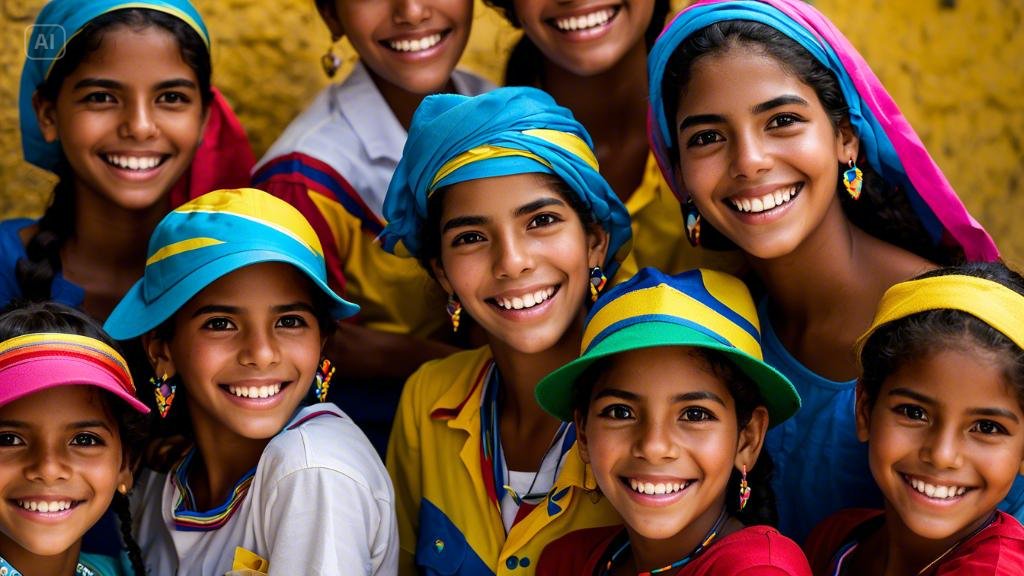
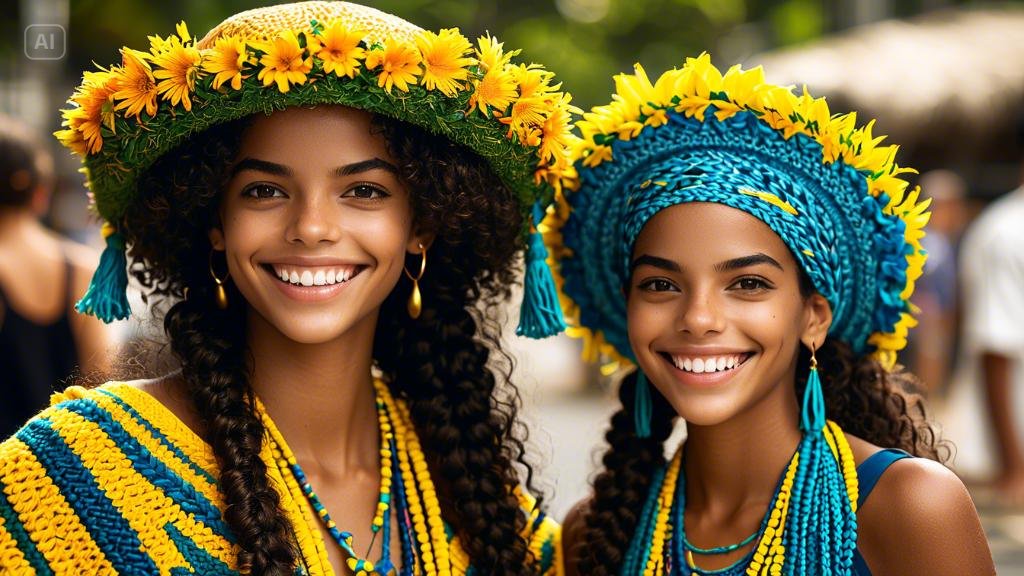
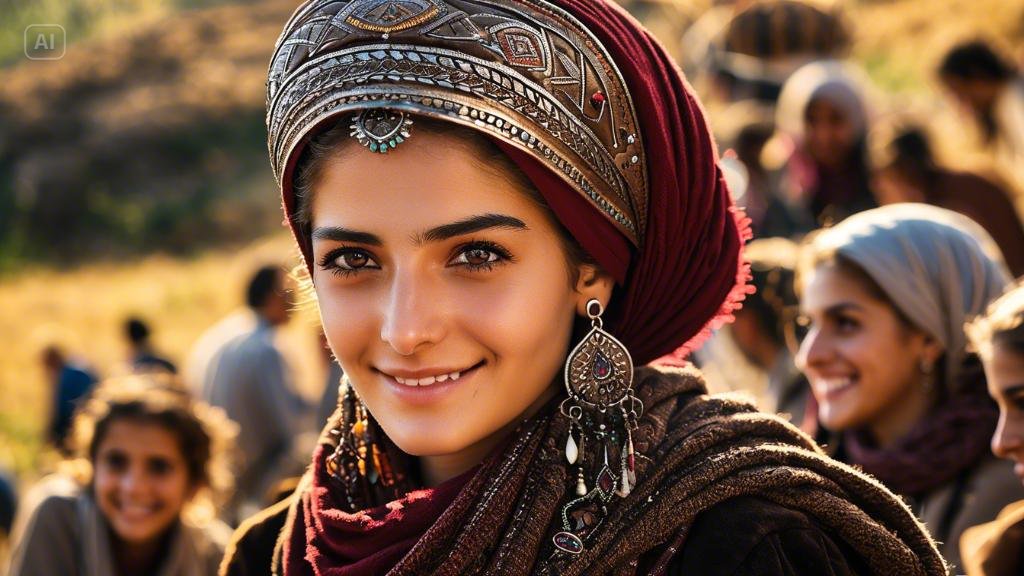
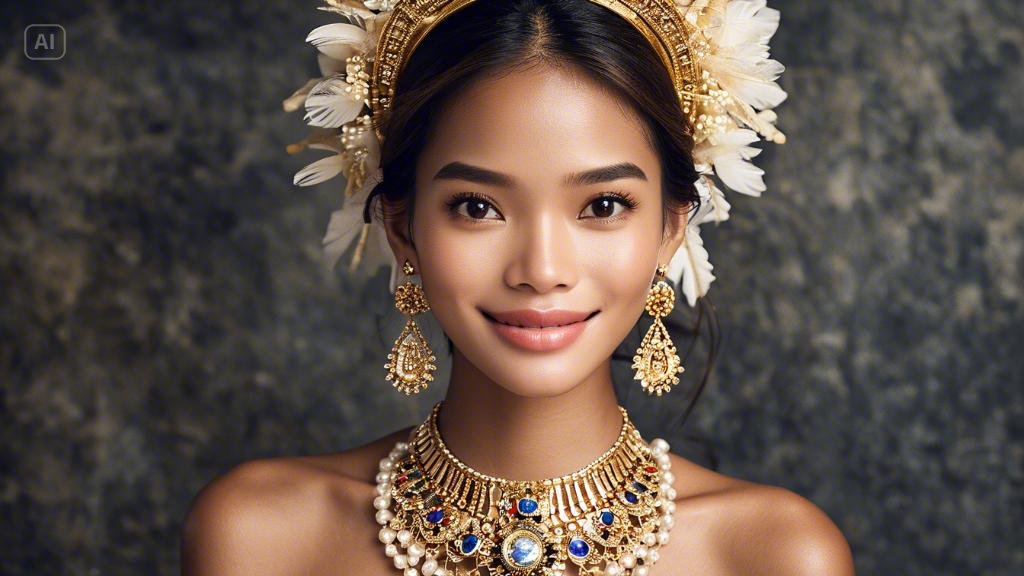


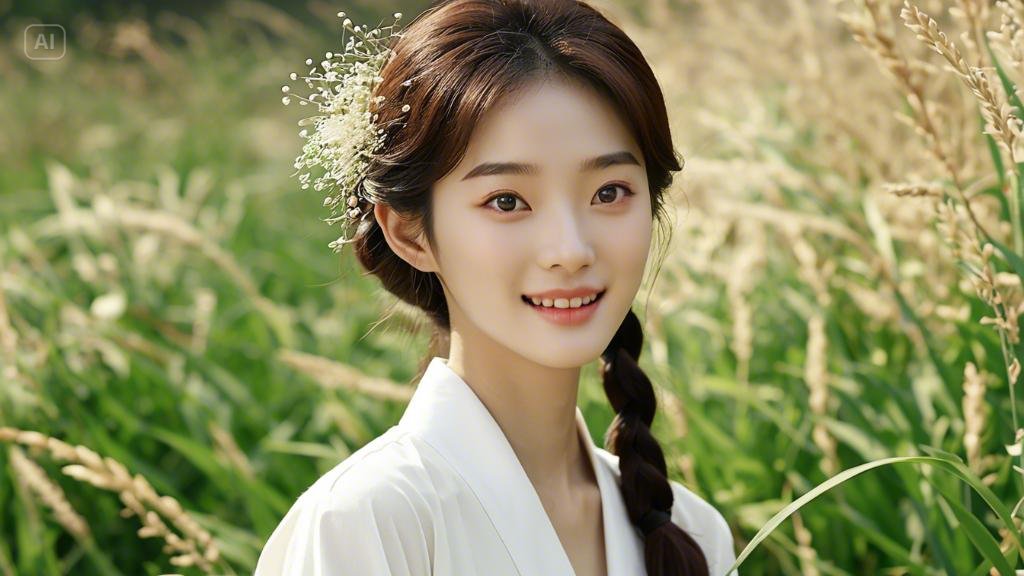
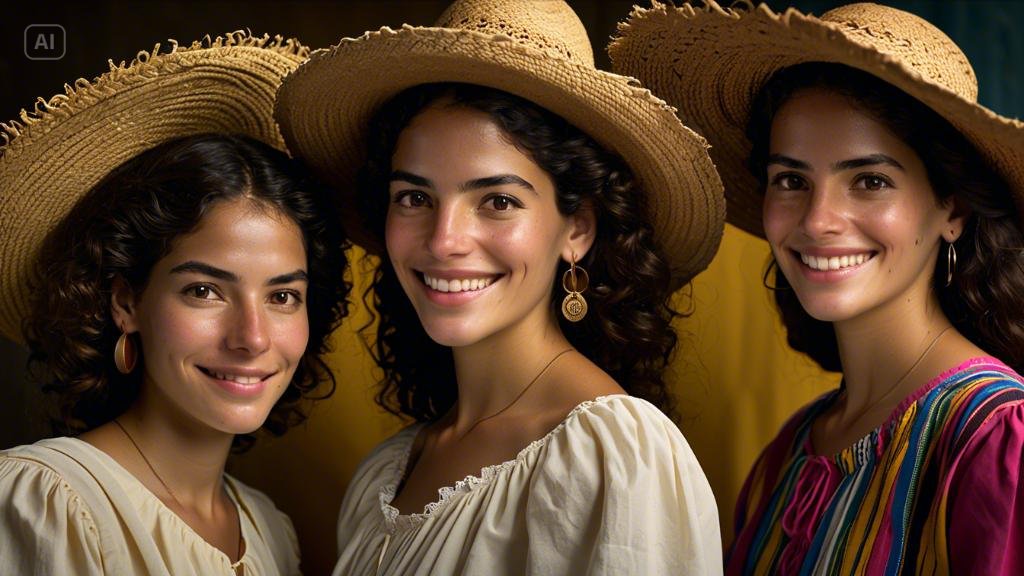

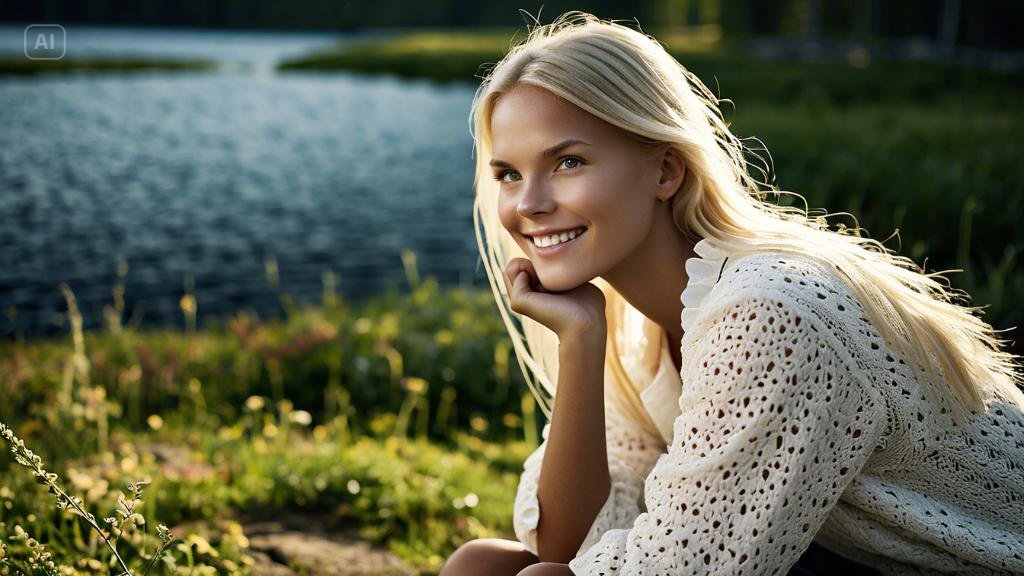
.jpeg?token=eyJhbGciOiJIUzI1NiIsInR5cCI6IkpXVCJ9.eyJ1cmwiOiJ1c2VyLWdlbmVyYXRlZC1pbWFnZXMvMjAwZjk4ZjgtYjNkNi00ZDI5LWExNDUtM2QzZDUyYjBiMjFlL0JyYXppbGlhbiB3b21lbiBzbyBiZWF1dGlmdWwgKDEpLmpwZWciLCJpYXQiOjE3MjY3MjA4NzcsImV4cCI6MjA0MjA4MDg3N30.gfoIO7TcU-_tqojzGlJ5AaHOwFXCSxsNBRjxeT7FMu0)


Social Plugin